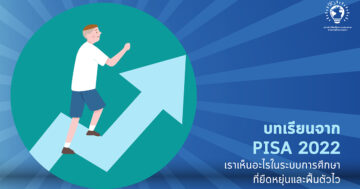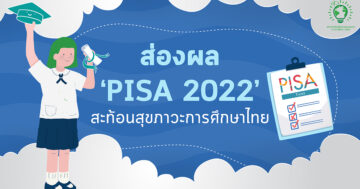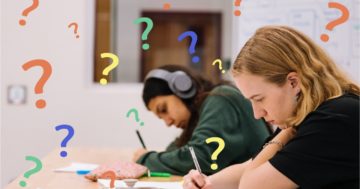Seeking financial sponsors alone won’t be enough to achieve educational equality; other aspects of society’s participation must also be improved. By enabling the engagement of individuals who are interested in funding for education in a more diversified form, it encourages the development of new ideas for development, known as “innovative finance for educational equality,” which is one of the financial mechanisms.
The Equity Lab welcomes us to a conversation about the potential for financial innovation for educational equity in Thai society with Assistant Professor Dr. Treenuch Paichayonwichit, a Lecturer at the Faculty of Economics Ramkhamhaeng University.

What serves as the foundation for financial innovation for educational equality?
Because nowadays, the means of paying education aid alone may not be enough but must grow the engagement of educational and social service providers at the same time. It might not just be a standard contract where government organizations hire the private sector to plan events. The government then makes payments based on the activity or production without taking the result into account.
This development of different educational providers is a new type of contract. The government will compensate service providers if the initiative achieves its objectives (pay for success). The initial funding for these activities can be decided upon by the government but monitoring of the execution will be required. If the outcomes are as anticipated, the government covers the remaining cost. At the same time, the government does not have to pay the remainder if the results are not successful. It might be claimed that it is a risk diversification between the public and private sectors. In this case, the education provider will go to great lengths to ensure the outcome is on target.
The Equitable Education Fund (EEF) is interested in learning about any financial innovations that go beyond how they now work. Hence, during the Foundation’s first year, we went to research a summary of financial innovations for education. Later in year 2, we concluded from our studies that there were a number of topics the Equitable Education Fund (EEF) could learn from, develop into initiatives, and implement.
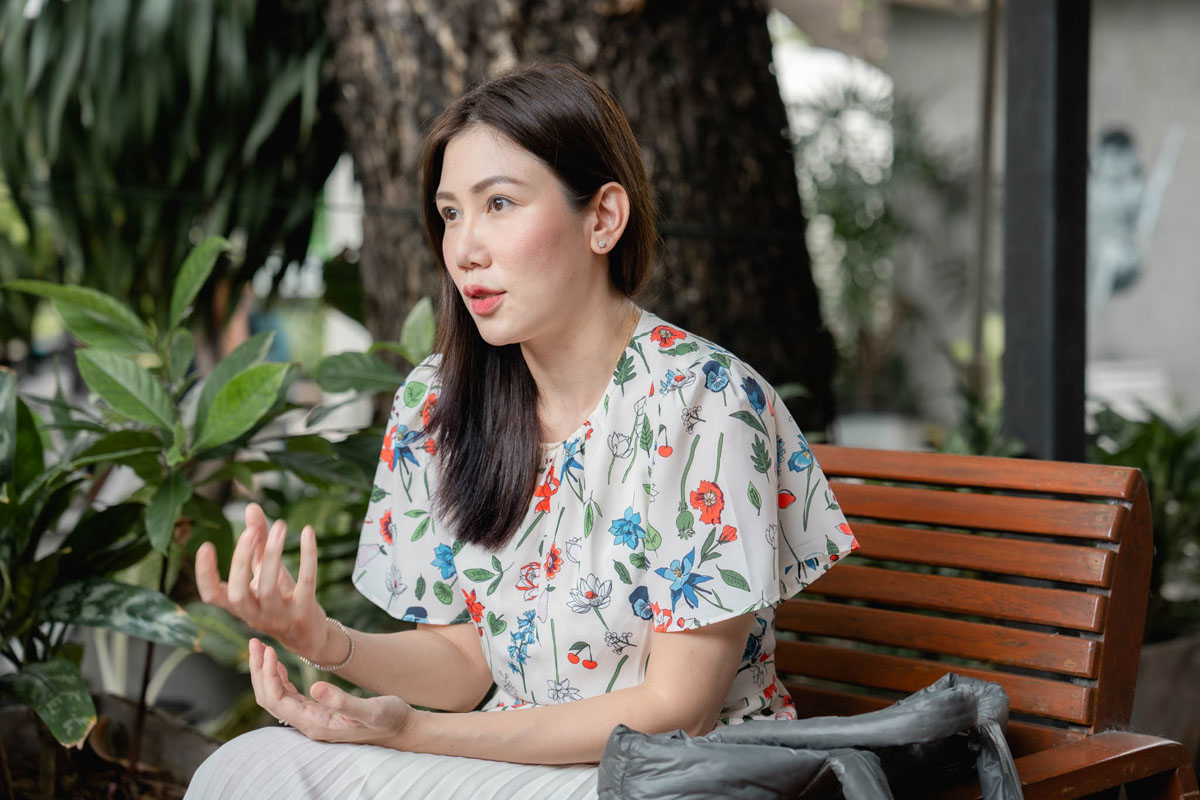
What conclusions did the research into innovative financial models for education reach?
Now, the Pay For Success model (PFS), often known as the pay-for-result paradigm, serves as our fundamental framework. It features a component called “Outcome-Based Contact,” which is a contract that is based on how the educational provider’s actions will affect the final result. Here is the Vulcan Coalition, a business that offers data about artificial intelligence (AI) to other for-profit organizations.
The Vulcan corporation would like to collaborate with students with disabilities, and we can see that persons with disabilities are now employed in data entry professions, so this is the population that the Equitable Education Fund is targeting (EEF). Thus, we debated whether or not we could complete the job as a team. How can we assist them? We gave the business the freedom to calculate the price of such tasks. We will pay 40% of the first installment in advance, and the remaining 60% will be determined by the success of the project.
This project’s initial intended audience was Don Bosco Technical College evening vocational students who had communication issues or hearing impairments. Section 35 of the Empowerment and Development of People with Disabilities Act states that these students are hired by businesses that collaborate with Vulcan. We included a group of visually impaired and mobility-challenged students from Thammasat University to widen the scope of the instruction. Another target group that has previously engaged in past initiatives with Vulcan is the students at Thammasat University.
Examining the needs and desires of these students is a part of our work. For instance, we spoke with teachers who care for children at Don Bosco Technical College. They lacked a computer, which was the main problem we discovered. Instead, they were forced to use their mobile phones, which frequently malfunctioned and caused them to lose their vision, which was a major hindrance to their work. As a result, they are less productive at work than people who use computers.
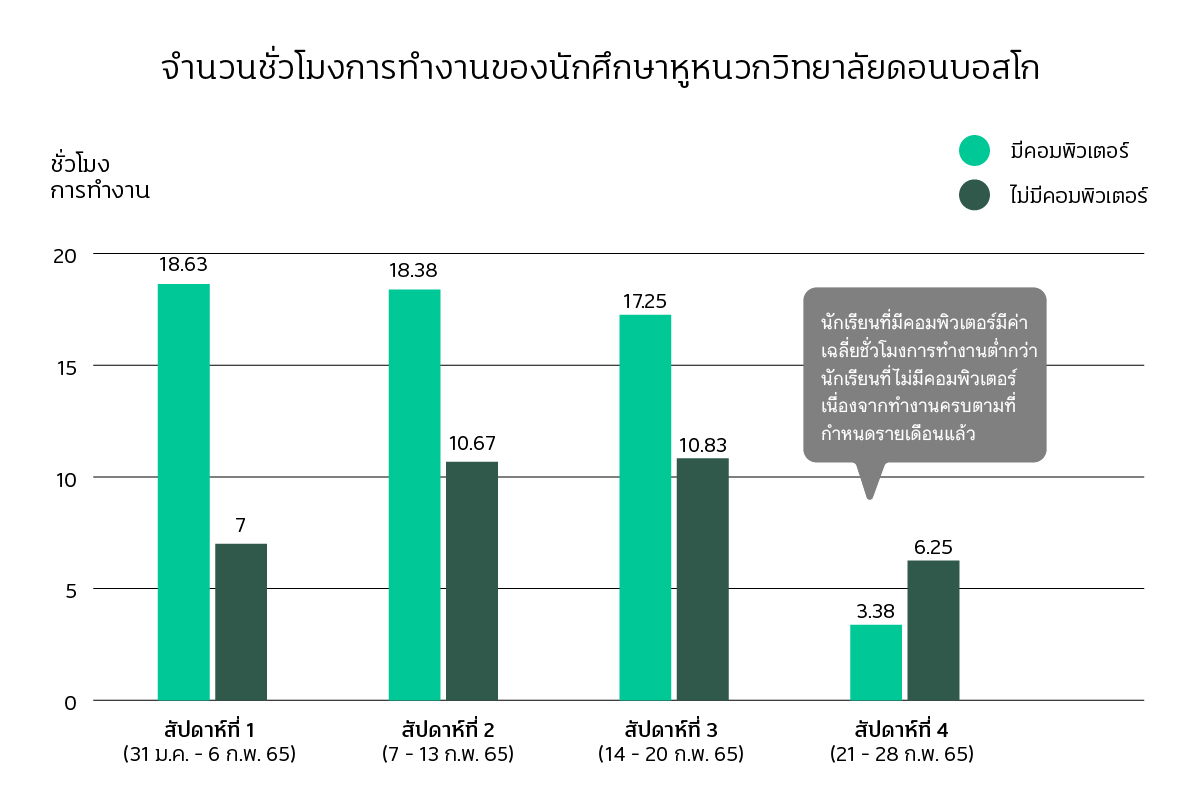
Moreover, there are instances where a mobile phone’s functionality fails. Because seniors utilize computers throughout the day, they will borrow them at night. The elderly are required to lie down and use the computer. Moreover, sharing computers in this manner is difficult. The Don Bosco Technical College might have used computers in this generation and following generations, among other things, if they had greater resources. For students, there are both immediate and long-term benefits.
How will this project develop the pupils with disabilities who attend?
Vocational students, they have the task of categorizing what images they have. For example, if it is a picture of a chair, they press the picture of the chair and choose the word chair. It is repeated to feed the AI to learn what they are. This group of students must pass training and testing before they can come to this job.
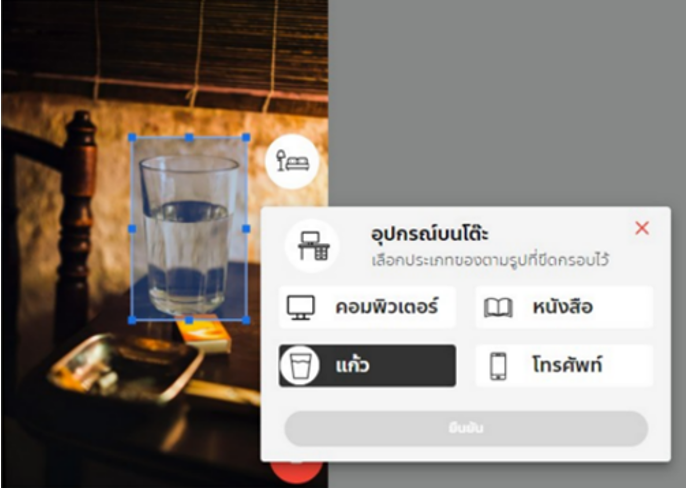
Children with impairments have less access to training than typically developing youngsters, thus there is supplementary training available that is appropriate for them. We will let each youngster select their own course of study during this instruction. In order to develop training courses that best fit the needs of this set of kids, we asked them to fill out a questionnaire on the sort of training kids need that can be applied to their jobs. There are courses available on appealing to students with disabilities, creating designs for stickers to sell online, and conducting business through electronic (e-Commerce) or online channels. A short-term online education tool that is specifically suited for kids with impairments is what we are offering Vulcan to build. We can give Vulcan a second payout in accordance with the success payout contract if he can demonstrate how they contributed to this group’s success (Outcome-Based Contact).
What indications can you look for that the project is helping students with disabilities?
Since it is a 5-month short-term project, we have two indicators. The first indicator is about the outcome, which is computed from the performance in tokens based on the labor necessary to acquire 8,000 tokens per month or around 80 hours. In case the youngsters work swiftly and efficiently, they can obtain 8,000 tokens without 80 hours of effort.
Although being hired under Article 35, disabled students were first involved in data entry labor for AI. The contract won’t be renewed, though, if the quality of the task is subpar or the required quantity of coins isn’t collected. Children are not prepared or equipped to work, which stops them from fitting the requirements of the organization, which is partially to blame for this. They then had to work at coffee shops, where the pay was less, and the positions weren’t as stable. Their work possibilities will likewise be less favorable if they have trouble communicating.
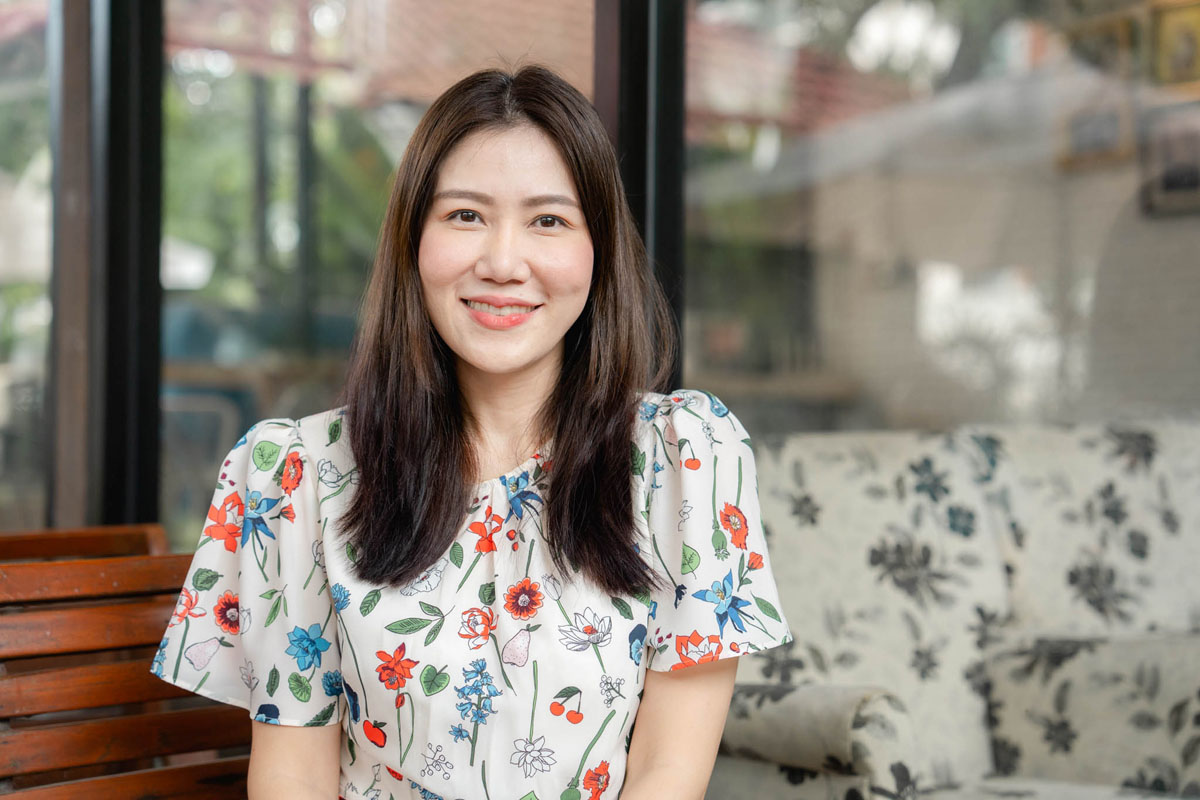
Yet, Vulcan had to show that once the initial payment was made, the young people who worked for their firm were just as productive without computers as they were with them. They can then continue to work and make money under this arrangement. To determine whether they are able to accomplish their goals each month, we will evaluate this section for around four months. To determine if children were still in the system and being paid, we looked at the working hours and proof of payment.
The second indication is the results of the numerous training courses that we will analyze and the exams that the kids will take after the training, which they must pass if they want to be included in the program. Due to the short duration of our project, the assessment, which also included an evaluation of the creation of 16 web storefronts, will stop here. Because developing skills takes time, it is impossible to judge whether or not a youngster will be able to make money as a result of training.
But at the end of the year, we plan to check in with Vulcan once more to see whether the kids have used the knowledge they learned during the program or not. Are they paid for having these skills? Consequently, we will be aware of the project’s success.
Besides the presence or absence of a computer, are there any other factors that affect the efficiency of their work?
We actually looked at the results of how having a computer affects the work of children. Has the number of children’s working hours increased? Because of the interviews with children without computers, they are tired, unwilling to work, or experiencing discouragement and having the opportunity to quit work. So, we think having the right equipment will motivate them to work or get more and help them earn more during their schooling and gain more skills.
Moreover, it’s not only about the tools; there is a second factor that motivates people to work as well, namely the social skills (often known as “soft skills”) that we teach and encourage them to develop. Perhaps the juniors are being informed by teachers, caregivers, or seniors. The most important thing is to watch out for the youngsters. So, they don’t wander off and continue to function inside the system. Maybe there will be someone available to assist anyone who needs it. The Vulcan firm is always able to keep tabs on both the quantity and caliber of work. Children can also be motivated by it, for instance by being informed about their work performance and being reminded to do their chores.
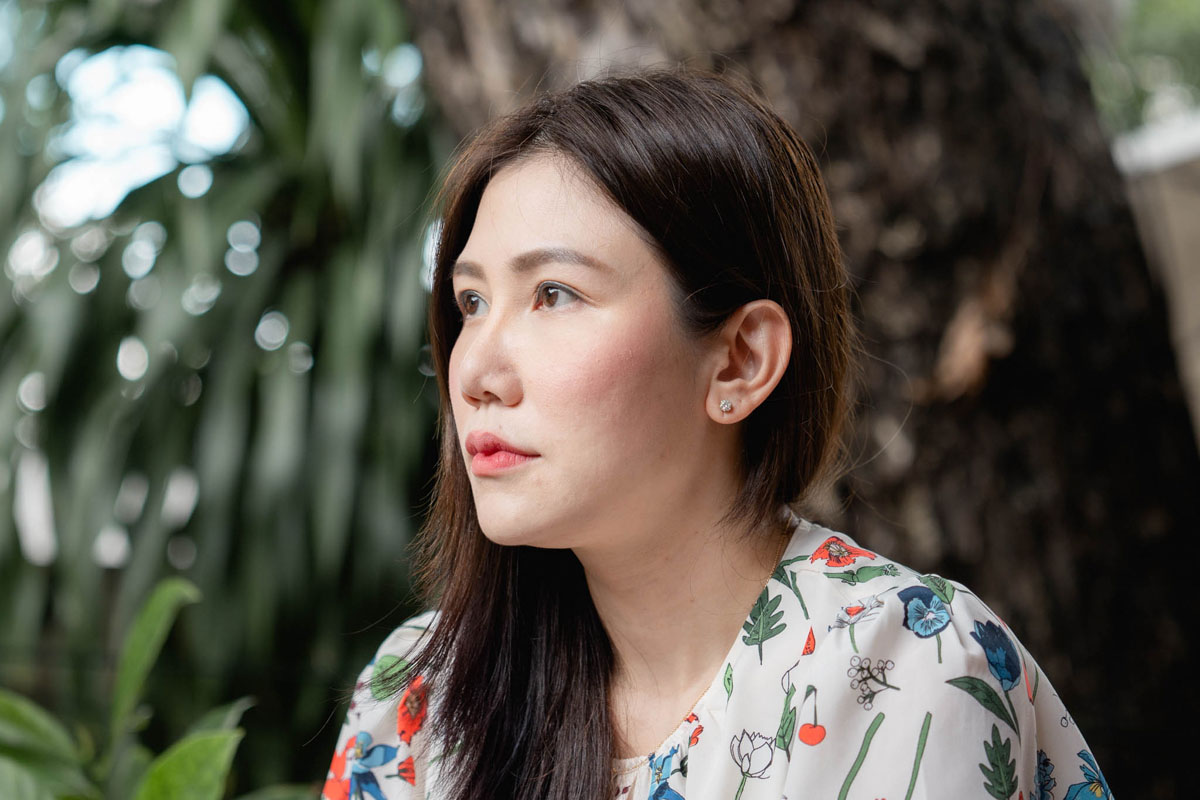
How can providing students with impairments with training in skills help them make a life in the future?
According to us, future long-term monitoring and evaluation will determine that. If we implement an effective tracking system, it will inform us of the real skill improvements made by program participants as opposed to non-participants. Do children outperform other groups in terms of income and standard of living?
Youngsters who enroll in our program get their High Vocational Certificate and Vocational Certificate over the course of one to two years. We can still keep track of them; all we need is a bigger sample, more backing, and a more organized follow-up. We may come to discuss and provide answers during the next one to two years as this initiative is still in its early stages.
What goals do you want to achieve by promoting this project?
We anticipate that this study will open up new contracting methods that encourage innovation in society and education. Sometimes there is no continuity that restricts this since money for some social innovations, such contributions, fundraisers, or other forms, might be rather tough to come by.
Successful payment innovation is another option that is a form of risk sharing between the government and the social business service provider, which encourages the government to invest in supporting the project with more risk. When the private sector takes part of the risk, it is like an incentive to put more effort for success. And if the goal is successful, the state will support all investments. It is clear that only a portion of the resources will be squandered if the government is unsuccessful. We therefore predict that this type of innovation will enable more like-minded projects and encourage more social innovation.
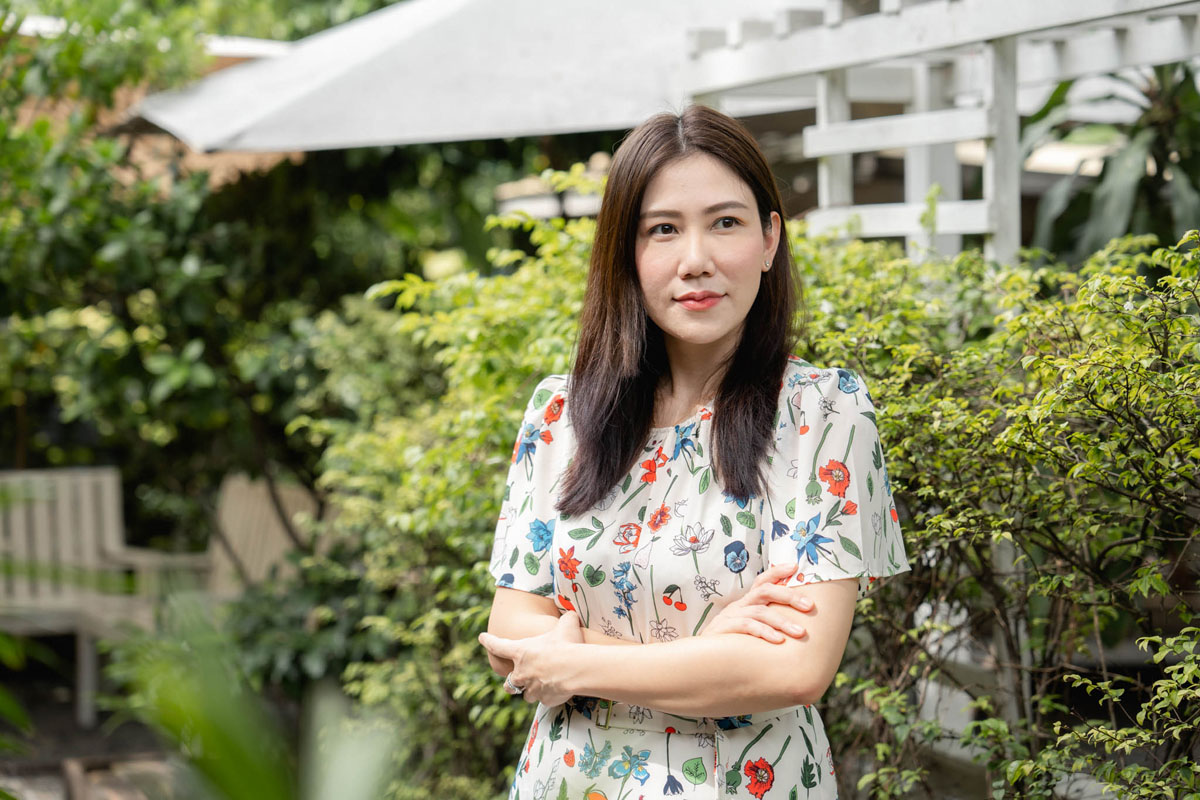
While not all social companies have the potential to be risky, there are different types of financial innovation. Small social enterprises particularly can need outside finance. Social impact investment is what it is considered. For instance, significant businesses who currently engage in social initiatives could strive to promote this effort known as corporate social responsibility (CSR). If the goal is achieved, the government will pay the private sector back. Service providers do not have to assume financial risk, but all parties will benefit from cross-sector collaboration to ensure the project’s success or social impact, for instance: Major corporations engaged in social activity can ensure project outcomes through corporate social responsibility (CSR).


